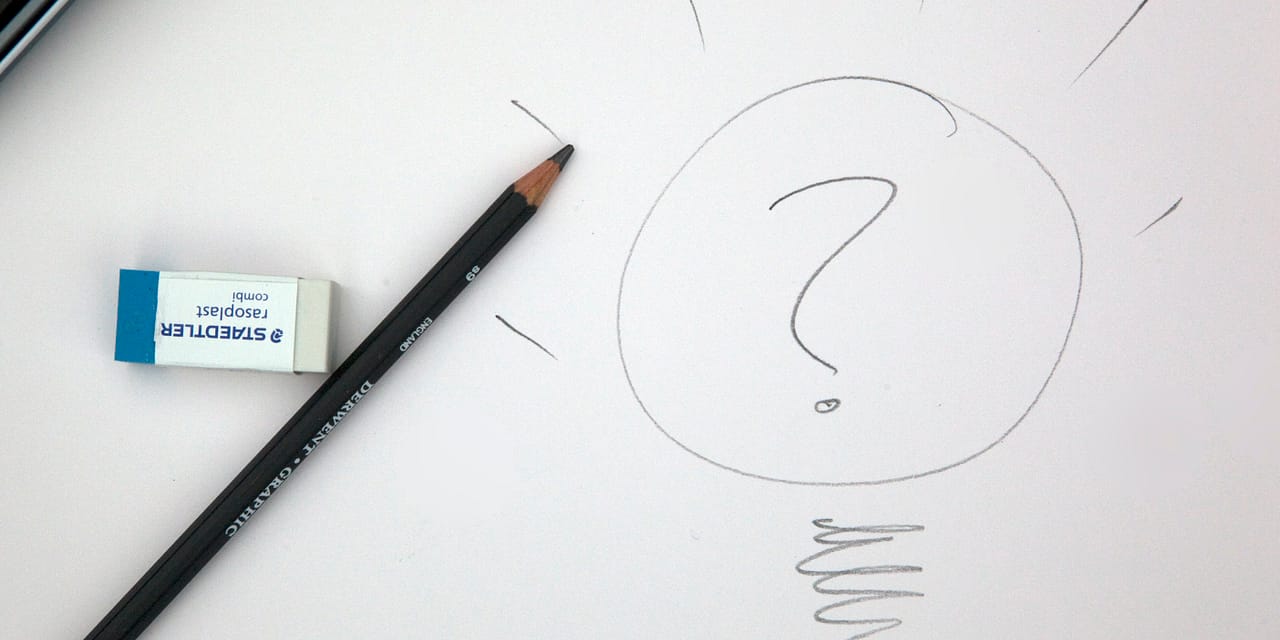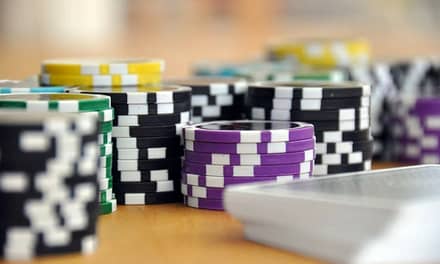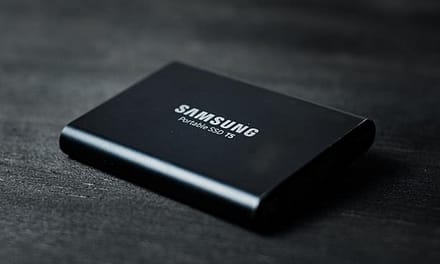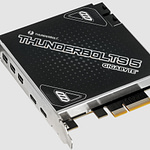Minesweeper is a classic puzzle game that challenges players to reveal all the squares without clicking on any mines. With roots dating back to the 1960s and its inclusion in Microsoft Windows in the ’90s, Minesweeper has become a beloved pastime for many people over the years. In this article, we’ll explore the basics of how to play the game, provide strategies to help you improve your game, and discuss some interesting variations of the classic game. Keep reading to discover more about this captivating puzzle game.
Understanding the Minesweeper Grid
The Minesweeper grid consists of a series of squares, some of which contain hidden mines. Your objective is to reveal all the safe squares without clicking on any of the mines. When a player left-clicks on a square, it reveals either a mine, a number, or an empty space. Revealing a mine means you lose the game. The numbers indicate the number of adjacent mines while empty spaces show there are no mines in the surrounding squares.
Right-clicking on a square allows you to place a flag, which allows you to mark a square that you suspect contains a mine. Keep in mind that placing flags is not necessary to win the game, but doing so can help you keep track of potential dangers. While there are various grid sizes and mine counts to choose from, the standard beginner grid consists of a 9×9 square with 10 mines. As your skill level grows, you can progress to larger grids and more mines to amp up the challenge.
It’s important to note the grid is randomly generated, so no two games are the same. This keeps the game fresh and challenging, as there is always an element of unpredictability involved. To learn more about the mechanics and tips of how to play the game, keep reading this in-depth guide on how to play Minesweeper.
Developing Strategies to Improve Your Game
While Minesweeper is undoubtedly an enjoyable game, part of its allure is the strategies you can develop to improve your skills further. One of the most useful techniques is to start by clicking on the corners and edges of the grid, as these spaces can help you deduce more information about the location of mines. Being methodical, patient, and systematically working through the grid can help you reveal more squares without accidentally triggering a mine.
Another approach is to use the numbers on the grid to deduce the location of mines. As the numbers indicate how many mines directly surround the square, you can use this information to eliminate areas that cannot contain mines. For example, if you reveal a number 1 and there is only one unrevealed square adjacent to it, you can reasonably infer that this square must contain a mine.
Lastly, practice makes perfect. The more you play, the more familiar you’ll become with patterns and techniques that work for you. Over time, you’ll begin to develop a keen sense of observation and critical-thinking skills that can help you make better decisions in your gameplay.
Variations of the Classic Minesweeper Game
If you’re looking to spice up your Minesweeper experience, there are plenty of exciting variations to try. One popular option is Hexagonal Minesweeper, which uses a grid made up of hexagonal tiles instead of squares. This adds a new layer of complexity, as each tile can have up to six neighboring mines instead of the traditional four in a square grid.
Another intriguing variant is the multiplayer Minesweeper Battle, where you compete against other players in real time to reveal squares and score points. This introduces new competitive and strategic elements as you not only have to avoid mines but also outsmart your opponents to come out victorious.
Benefits of Playing Minesweeper

While Minesweeper is undeniably an entertaining pastime, it also offers a range of cognitive benefits. Playing the game regularly can improve your problem-solving skills, as you must use logic and deductive reasoning to identify safe squares and locate mines. This mental exercise can help keep your mind sharp, while also fostering critical thinking abilities. It’s the same reason why some people enjoy playing Solitaire or Tetris.
It can also improve your concentration and focus, as success relies on careful observation and patience. As you progress through more challenging levels, you’ll need to pay closer attention to detail, helping develop your mental acuity.
Overall, Minesweeper is a classic puzzle game that offers players hours of entertainment, all while enhancing various cognitive skills. With various game variations and numerous strategies to explore, it remains a timeless and engaging way to challenge your mind and pass the time.












